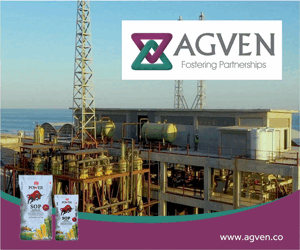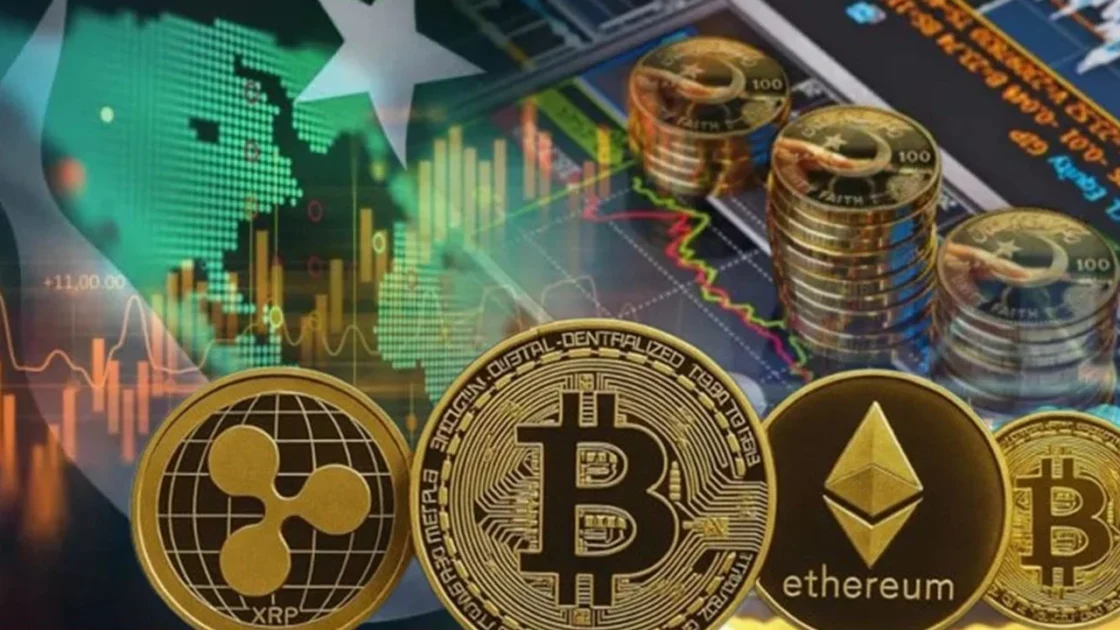- Web Desk
- 1 Hour ago

Pakistan repays Rs500 billion loan to the State Bank four years early
-

- Web Desk
- 9 Hours ago

KARACHI: The government of Pakistan stated it has prepaid a loan of Rs500 billion to the State Bank, four years ahead of its scheduled repayment in 2029.
The prepayment is part of a broader imitative that has seen total loan prepayments reach Rs1,500 billion, showing the government’s strategy to manage its debt amidst economic challenges.
Read more: Pakistan bets on AI for growth through long-term investment
As of February 2025, Pakistan’s total domestic and external debt stood at Rs75.3 trillion, up from Rs74.4 trillion in January 2025 and Rs74 trillion in December 2024.
The debt composition includes Rs52.2 trillion in domestic debt and Rs24.2 trillion in external debt as of January, with a slight shift in February to Rs21 trillion in domestic debt and Rs24.3 trillion in external debt.
The Finance Ministry attributed the government’s borrowing primarily to the fiscal deficit, with public debt financing the gap. Historically, interest expenses significantly contributed to the fiscal deficit.
Despite the persistent need for additional loans, the government aimed to maintain manageable growth in public debt. Ongoing fiscal consolidation and economic stabilisation efforts are expected to keep the interest expenses for FY2025 within the budgeted limits, helping control the fiscal deficit.
The Federal Board of Revenue (FBR) reported that the number of registered taxpayers, including businesspersons and companies, has reached 12.5 million – in a country of 240 million.
Over the past three years, the number of registered business taxpayers surged by 5.4 million. The majority of registered taxpayers are from Punjab, totalling 8.2 million, followed by 2.876 million in Sindh, 818,872 in Khyber Pakhtunkhwa, 467,562 in Islamabad, and 221,479 in Balochistan.
Tax collection from salaried people showed a steady increase, with the FBR reporting Rs820 billion collected from the government and non-government salaried taxpayers over the last three years.
In FY 2024-2025, total collection reached Rs368 billion, with Rs88 billion from government employees and Rs280 billion from private sector employees.
The previous fiscal year saw Rs264 billion collected, with Rs55 billion from government employees and Rs209 billion from private sector workers.
The trend indicates a growing tax base, with government employees contributing Rs43 billion and private employees Rs145 billion in FY2021-2022.
The economic landscape of Pakistan has shown signs of improvement, particularly in the first half of FY2025. The economy built upon the stabilisation achieved in FY2024, when the GDP expanded by 2.5 per cent following a contraction in the previous year. The positive momentum is attributed to sound macroeconomic management, effective inflation control measures, and improved fiscal and external account stabilit6y.
Inflation also significantly declined to 7.2 per cent in H1-FY2025, from 28.8 per cent a year earlier; supported by easing global prices, a stable exchange rate, and targeted government policies.
For instance, the agricultural sector experienced growth of 6.2 per cent in FY2024, driven by increased investment, expanded agricultural credit, and favourable weather condition.
High-frequency indicators, including machinery investment and water availability, suggest a positive outlook for future growth in this sector.
The industrial sector, meanwhile, showed mixed results, with gradual improvements in the textile sector.
The current account balance posted a surplus of $1.21 billion in the first half of FY2025, bolstered by record-high remittance inflows and strong export performance, which helped offset the increasing import bill.
Foreign Direct Investment (FDI) also increased by 20 per cent, primarily driven by investment in the power and oil sectors. Foreign exchange reserves have improved, now sufficient to cover over two months of imports, and supported by disbursements from the International Monetary Fund (IMF), and other international financial assistance.
The government successfully reduced the fiscal deficit to 0.04 per cent of the GDP in the period from July to November FY2025, a marked improvement from the previous year’s deficit.
The improvement is supported by robust growth in tax and non-tax revenue, reflecting fiscal discipline, reduced interest rates, and a stable exchange rate. With strengthened economic fundamentals, declining inflation, and growing investor confidence, Pakistan appears well-positioned for continued growth momentum throughout FY2026.
During the first half of FY2025, the FBR tax collections realised a significant increase of 25.9 per cent year-on-year, reaching Rs5,624.9 billion. The growth was broad-based, driven by bothm direct and indirect taxes.
Direct taxes rose to Rs2,781.6 billion, compared to Rs2,148.9 billion in the same period last year. Meanwhile, indirect taxes (including sales tax, customs duties, and federal excise duty) increased to Rs2,843.3 billion, up from Rs2.320.4 billion.
Non-tax revenues also saw a remarkable increase of 95 per cent, reaching Rs3,417.7 billion, up from Rs1,757.2 billion last year. The growth was driven by higher receipts from dividends, PTA profits, passport fees, royalties on oil, natural gas development surcharges, and petroleum levies. The State Bank contributed a significant surplus profit of Rs2,500 billion, stemming from elevated interest rates throughout FY2024.
Expenditure increased by 16 per cent to Rs5,604.7 billion in the period from July to November FY2025, up from Rs4,831 billion last year. Current expenditure rose by 16.3 per cent, reaching Rs5,480.3 billion, while Public Sector Development Programme (PSDP) expenditure increased by Rs124.3 billion.
Read more: Japan, South Korea hit with 25pc tariffs as Trump ramps up trade war
The combination of fiscal discipline, improved revenue collection, and strategic debt management positions Pakistan to navigate its economic challenges while aiming for sustainable growth.
The government’s focus on structural reforms and inclusive development through initiatives like URAAN Pakistan is expected to play a crucial role in shaping the country’s economic trajectory in the coming years.





